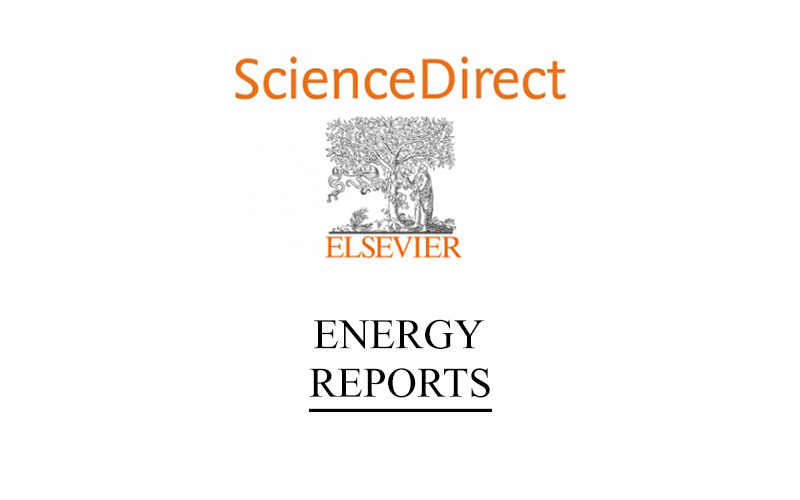
User behaviour models to forecast electricity consumption of residential customers based on smart metering data
ELSEVIER, Energy Reports, vol. 8, pag. 3680-3691, November 2022
Authors: F.Lazzaria ; Jordi Ciprianoa ; Gerard Mora ; E. Gabaldona ; B. Grilloneb ; D. Chemisanac ; F. Solsonad
a International Center for Numerical Methods in Engineering, Building Energy and Environment Group, CIMNE-Lleida, Pere de Cabrera 16, Office 2G, 25001 Lleida, Spain
b CIMNE-UPC, Terrassa, Spain
c Applied Physics Section of the Environmental Science Department, University of Lleida, Jaume II 69, 25001 Lleida, Spain
c Department of Computer Science, University of Lleida, Jaume II 69, 25001 Lleida, Spain
Abstract:
This paper presents a novel approach to forecast day-ahead electricity consumption for residential households where highly irregular human behaviour plays a significant role. The methodology requires data from fiscal smart meters, which makes it applicable to real scenarios where personal data gathering is not feasible. These data are rarely complete; therefore, a robust combination of machine-learning techniques is used to handle missing data and outliers.
The novelty of this method relies on identifying and predicting user electricity consumption behaviour as a procedure to improve the forecasting of the overall electricity consumption of each individual customer. The methodology uses Gaussian mixture clustering to identify behaviour clusters and an eXtreme Gradient Boosting classification (XGBoost) model to predict the day-ahead behaviour pattern. This predicted user behaviour cluster is fed into an Artificial Neural Network (ANN) to enable an improved capturing of the highly unpredictable user conduct for the forecast of electricity consumption. A novel metric, namely the Euclidean Distance-based Accuracy (EDA), is finally proposed to enable a more thorough evaluation of time series classification algorithms. The whole development is tested over 500 residential users placed in a southeastern region of Spain.
The results showed that, when the novel approach was used, the MAPEd and NRMSEd were reduced by 7% and 9% respectively, increasing to a 20% and 17% respective reduction for the best cases according to EDA. This methodology sets the basis for massive user-centred analyses, very profitable to any electricity company.




























